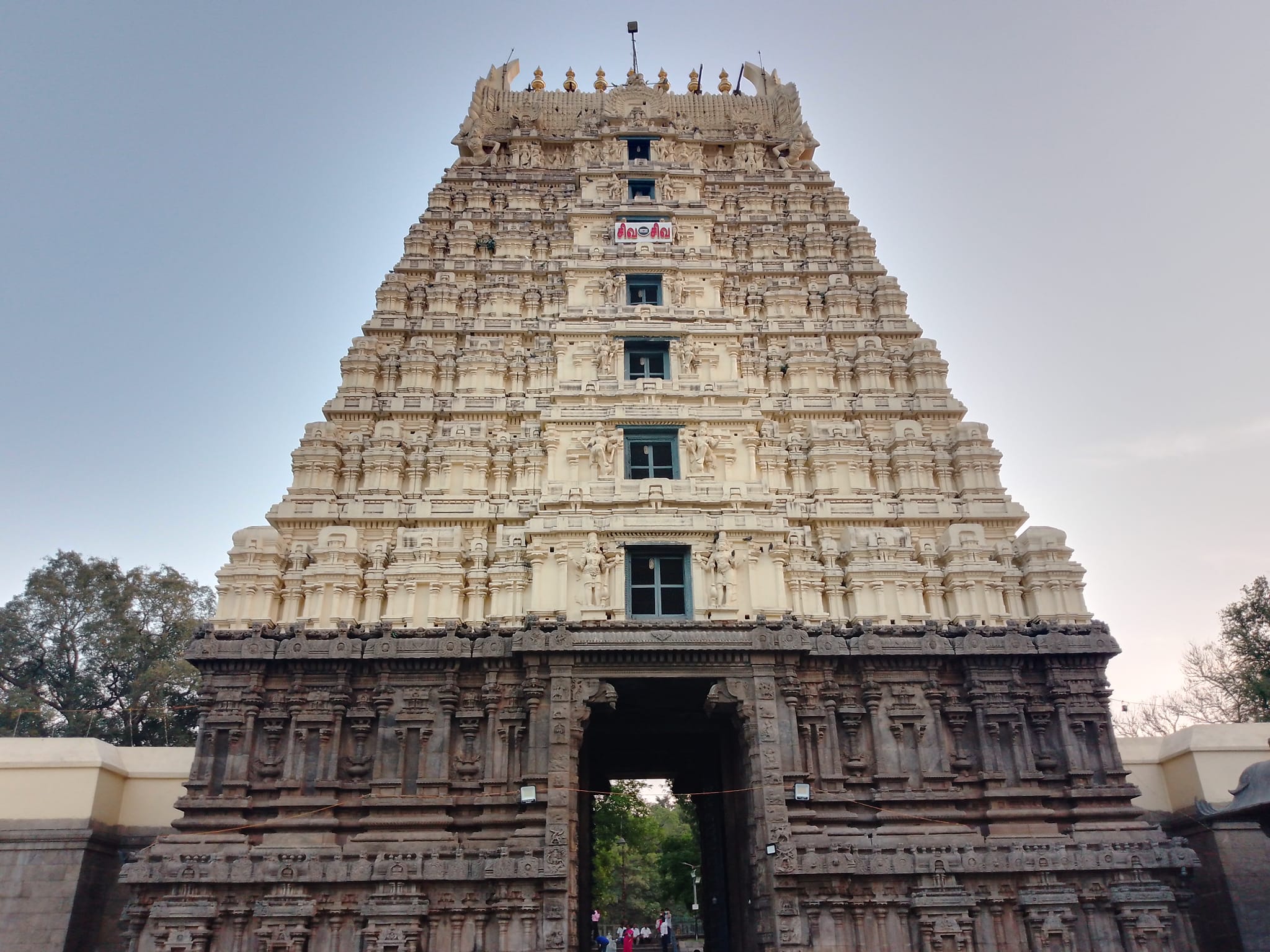South India is often recognized globally for its growing reputation in medical tourism, with advanced healthcare facilities, skilled doctors, and cost-effective treatments drawing thousands of international patients every year. However, the allure of South India extends far beyond hospitals and wellness centers. The region is a treasure trove of cultural, historical, natural, and culinary delights that make it a magnet for domestic and international tourists alike.
Comprising the states of Tamil Nadu, Kerala, Karnataka, Andhra Pradesh, and Telangana, South India offers a rich tapestry of experiences — from the misty hill stations of the Western Ghats and sun-kissed beaches of the Arabian Sea to the intricate temple architecture and classical dance forms that echo centuries-old traditions. This article explores the multifaceted charm of South Indian states and why they have emerged as prominent destinations for tourism — not just medical, but holistic, cultural, and recreational.
Rich Cultural and Historical Heritage:
South India boasts one of the oldest civilizations in the world, with a history dating back thousands of years. The region is home to a remarkable legacy of ancient temples, palaces, monuments, and UNESCO World Heritage sites.
Tamil Nadu – Land of Temples :
Tamil Nadu is famously called the “Land of Temples,” housing over 33,000 temples, many of which are architectural marvels. The Meenakshi Temple in Madurai, Brihadeeswarar Temple in Thanjavur, and Shore Temple in Mahabalipuram are not only religious centers but also significant architectural achievements reflecting the grandeur of the Dravidian style.
Karnataka – Royal Legacy:
Karnataka offers an impressive blend of heritage and royalty. Hampi, a UNESCO World Heritage site, mesmerizes visitors with its surreal landscape of boulders and ruins from the Vijayanagara Empire. Mysore Palace, with its Indo-Saracenic architecture, attracts millions during the Dasara festival, showcasing the region’s royal heritage.
Andhra Pradesh & Telangana – Spiritual and Historical Riches:
Andhra Pradesh and Telangana are dotted with spiritual centers like the Tirumala Venkateswara Temple in Tirupati — one of the most visited pilgrimage sites in the world. The Charminar, Golconda Fort, and Warangal Fort in Telangana reflect the architectural and historical legacy of the region.
Diverse Natural Landscapes:
South India offers nature in all its splendid variety — beaches, forests, hills, waterfalls, and backwaters. Each state contributes uniquely to this natural diversity.
Kerala – God’s Own Country:
Kerala is synonymous with lush green landscapes, serene backwaters, and pristine beaches. The backwaters of Alleppey, the hill stations of Munnar and Wayanad, and the beaches of Kovalam make Kerala a paradise for nature lovers. Wildlife sanctuaries like Periyar and Silent Valley add to its ecological richness.
Karnataka – Land of Waterfalls and Hills:
Karnataka is home to the Western Ghats, one of the eight “hottest hotspots” of biological diversity in the world. Jog Falls, one of India’s highest waterfalls, and Coorg, often dubbed the “Scotland of India,” attract nature enthusiasts and adventure lovers alike.
Andhra Pradesh and Telangana – Hidden Natural Gems:
While not as popular for landscapes as Kerala or Karnataka, these states possess natural wonders like the Araku Valley and Borra Caves in Andhra Pradesh. Telangana’s eco-tourism destinations like Laknavaram Lake and Bogatha Waterfalls are gaining popularity among offbeat travelers.
Vibrant Festivals and Cultural Celebrations:
South India celebrates a multitude of festivals with great fervor and color. These festivals are not just religious events but cultural extravaganzas that attract tourists from around the globe.
Pongal (Tamil Nadu): A harvest festival celebrated with bull-taming sports (Jallikattu) and community feasts.
Onam (Kerala): A 10-day festival featuring snake boat races, flower carpets, and traditional dances like Kathakali and Thiruvathira.
Mysore Dasara (Karnataka): A grand celebration with processions, cultural performances, and a royal ambiance.
Bathukamma (Telangana): A floral festival celebrated by women with colorful arrangements and folk songs.
Ugadi (Andhra Pradesh and Telangana): The Telugu New Year celebrated with rituals and festive dishes.
These festivals offer tourists a chance to witness traditional art forms, participate in local customs, and immerse themselves in the authentic cultural spirit of the region.
Culinary Delights:
South Indian cuisine is globally loved for its diversity, flavor, and health benefits. Each state has its unique culinary identity:
Tamil Nadu: Known for dishes like dosa, idli, sambar, and Chettinad cuisine, which is rich in spices and aromas.
Kerala: Offers a blend of vegetarian and seafood dishes, including appam with stew, Kerala sadya, and Malabar biryani.
Karnataka: Home to Udupi cuisine, Mysore pak, and bisi bele bath. The coastal regions also specialize in seafood dishes.
Andhra Pradesh & Telangana: Known for their fiery spicy foods like Andhra biryani, gongura pachadi, and Hyderabadi haleem.
The region’s spice plantations, food festivals, and cooking classes also attract food tourists from across the world.
Spiritual and Wellness Tourism:
While South India is a leader in medical tourism, its offerings in spiritual and wellness tourism are equally significant.
Ayurveda in Kerala: Kerala is the epicenter of Ayurvedic treatment in India. Tourists seek authentic Ayurvedic therapies and rejuvenation packages offered in certified centers and resorts.
Yoga and Meditation: Spiritual centers like Isha Yoga Center in Coimbatore, the Art of Living Ashram in Bengaluru, and Sivananda Ashram in Kerala attract international visitors for retreats and long-term programs.
Pilgrimage Tourism: Apart from Tirupati, South India has other significant spiritual centers like Rameswaram (Tamil Nadu), Sabarimala (Kerala), and Sringeri (Karnataka), which draw millions of pilgrims annually.
Thriving Eco-Tourism and Adventure Opportunities:
South India is increasingly focusing on eco-tourism, offering sustainable and responsible travel experiences.
Trekking and Camping: Trails in the Western Ghats, including Agasthyakoodam (Kerala), Mullayanagiri (Karnataka), and Yelagiri (Tamil Nadu), are popular among adventure lovers.
Wildlife Safaris: National parks like Bandipur (Karnataka), Mudumalai (Tamil Nadu), and Nagarjuna Sagar-Srisailam (Andhra Pradesh) offer wildlife safaris with opportunities to spot tigers, elephants, and exotic birds.
Water Sports: Scuba diving in Pondicherry, backwater kayaking in Kerala, and beach activities in Gokarna are attracting adrenaline seekers.
Affordable and Accessible Travel Infrastructure:
One of the major reasons why South India is flourishing as a tourist hub is its affordable and accessible infrastructure.
Connectivity: All major cities like Chennai, Bengaluru, Hyderabad, Kochi, and Thiruvananthapuram are well connected via international airports, railway networks, and highways.
Accommodation: The region offers a wide range of accommodations — from budget hostels and homestays to luxurious resorts and heritage hotels.
Hospitality: South India is known for its warm and respectful hospitality. The “Athithi Devo Bhava” (Guest is God) ethos is deeply ingrained in the culture.
Film and Cultural Tourism:
South Indian cinema has played a vital role in promoting tourism. Iconic movie locations in Tamil, Telugu, Kannada, and Malayalam films have become must-visit spots for fans.
Hyderabad: Ramoji Film City is the largest integrated film studio complex in the world and a major tourist attraction.
Tamil Nadu: The picturesque hill stations of Ooty and Kodaikanal have been featured in countless films, drawing film lovers and honeymooners.
Kerala: Movies showcasing the lush landscapes of Munnar and backwaters of Alleppey have turned these spots into global tourist favorites.
Emerging Trends: Digital Nomads and Workcations:
With the rise of remote work, several South Indian destinations are emerging as workcation hubs. Places like Varkala (Kerala), Gokarna (Karnataka), and Auroville (Tamil Nadu) offer co-working spaces, high-speed internet, and serene surroundings — making them attractive for digital nomads and long-term travelers.
While South Indian states continue to thrive as top destinations for medical tourism, their appeal goes much deeper. The region offers a complete travel experience — rich in history, culture, nature, wellness, cuisine, and adventure. With its harmonious blend of the ancient and modern, South India truly has something for every type of traveler.
Whether you are a backpacker chasing waterfalls, a culture buff exploring ancient temples, a foodie on a culinary adventure, or a spiritual seeker looking for inner peace, South India invites you to discover its timeless charm. And once you do, you’re bound to come back — not as a tourist, but as someone returning home to a land that welcomes all with open arms.

